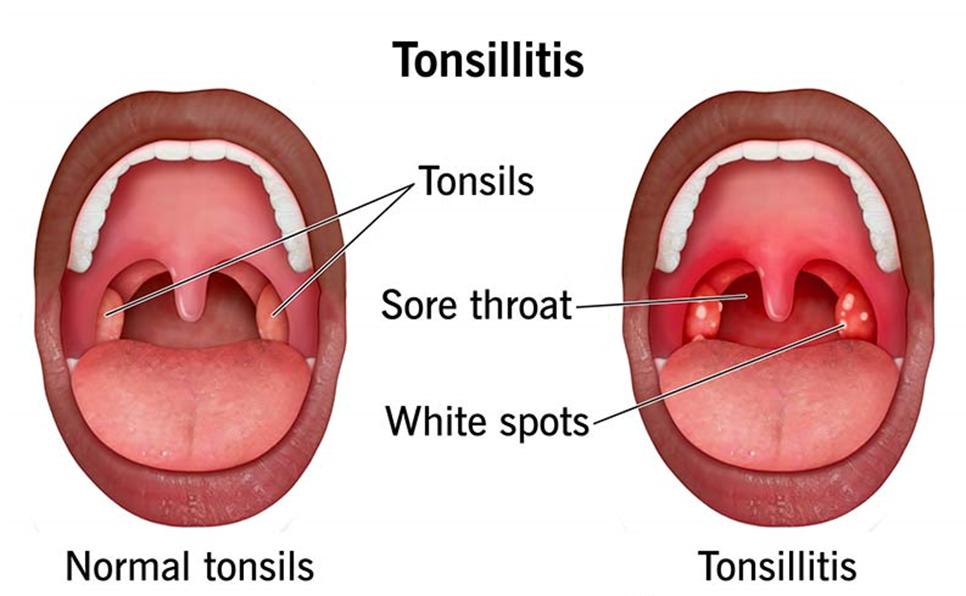Ivytech Community college Lawrence campus paediatric exam
Ivytech Community college Lawrence campus paediatric exam ( 38 Questions)
The nurse is collecting data on a child with a diagnosis of tonsillitis. Which clinical manifestation would likely have been noted in the child with this diagnosis?
Inability to make audible voice sounds:This symptom is more indicative of conditions affecting the vocal cords or larynx, such as laryngitis. Tonsillitis primarily involves inflammation of the tonsils and may not directly impact the ability to make audible voice sounds.
Erythema of the pharynx:Erythema (redness) of the pharynx is a common manifestation of tonsillitis. Inflammation of the tonsils and surrounding areas can lead to redness and swelling in the throat.

Bark-like cough:
A bark-like cough is often associated with croup, which involves inflammation of the larynx and trachea, not the tonsils. It is a distinct condition from tonsillitis.
Hoarseness:Hoarseness can be a symptom of various conditions affecting the vocal cords or larynx, but it is not a typical manifestation of tonsillitis. Tonsillitis is more commonly associated with sore throat, difficulty swallowing, and erythema of the pharynx.
A. Inability to make audible voice sounds:
This symptom is more indicative of conditions affecting the vocal cords or larynx, such as laryngitis. Tonsillitis primarily involves inflammation of the tonsils and may not directly impact the ability to make audible voice sounds.
B. Erythema of the pharynx:
Erythema (redness) of the pharynx is a common manifestation of tonsillitis. Inflammation of the tonsils and surrounding areas can lead to redness and swelling in the throat.
C. Bark-like cough:
A bark-like cough is often associated with croup, which involves inflammation of the larynx and trachea, not the tonsils. It is a distinct condition from tonsillitis.
D. Hoarseness:
Hoarseness can be a symptom of various conditions affecting the vocal cords or larynx, but it is not a typical manifestation of tonsillitis. Tonsillitis is more commonly associated with sore throat, difficulty swallowing, and erythema of the pharynx.

